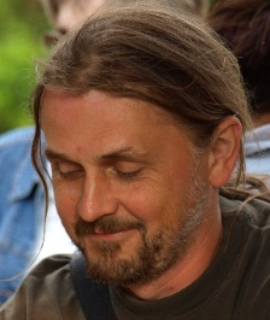Title : Stability of resistance to Fusarium head blight and Fusarium toxin accumulation in winter wheat lines over different environments.
Abstract:
Fusarium head blight (FHB) resistance of advanced winter wheat breeding lines was evaluated for three year in two locations (six environments). Lines were selected from breeding programs of Polish breeding companies based on their increased FHB resistance. They did not contain any FHB resistance genes from exotic resistance sources e.g. Sumai 3. Lines were sown in field experiments located in Cerekwica, Western Poland, and in Radzików, Central Poland. Three Fusarium culmorum isolates - two of DON-chemotype and one of NIV-chemotype - producing deoxynivalenol (DON), nivalenol (NIV) and zearalenone (ZEN) were applied for inoculum production. Wheat heads were inoculated at flowering stage with a mixture of conidial suspensions of the isolates, using the same mixture at both localities. Severity of head infection by F. culmorum was assessed (combined type I and II of FHB resistance). After the harvest, the frequency of Fusarium-damaged kernels (FDK) was visually assessed (type III of resistance). Wheat grain was analyzed for concentration of Fusarium mycotoxins (type V of resistance) and ergosterol (ERG) which is marker of fungal biomass amount in kernel (type III of resistance). Zearalenone was quantified using AgraQuant®ZON test kit. Trichothecenes of group B (DON and derivatives and NIV) were quantified using gas chromatography technique. Ergosterol amount was measured using HPLC technique. In all six environments, we found significant differences between lines in all studied types of resistance. Lines showing moderate resistance to FHB and toxin accumulation were identified. Their reaction was stable over different environments. We found significant correlations between different years and locations for the most of variables; however, correlation coefficients varied depending on weather conditions. Variables describing different types of FHB resistance correlated significantly. The highest coefficients were found for correlations: FDK vs trichothecenes B concentration and ERG vs trichothecenes B concentration. The lowest were coefficients for correlation between ZEN concentration and the other variables.


